
7 min read
I have one of those “big” birthdays this year. You know them, the kind that ends in a “0,” and makes you take a step back and question if what you’ve done all these years was worthwhile. And, even more important, makes you look into the future to decide what you want to achieve next, and what you need to do to prepare for it. I’m mentioning this because I strongly believe that the same approach should be taken when it comes to recognition strategy and programmes, evaluating and setting them up to support and drive your business to be successful today and in the future.
To help you with this, in this blog I’ve borrowed from some of the key business future-proofing concepts. By applying them to your recognition programmes, you’ll ensure they’re strong, solid and can withstand any future challenges.
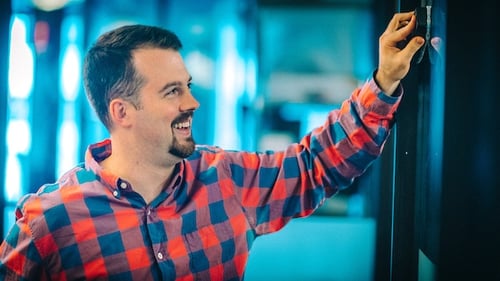
1. Develop strong branding
The starting point is to develop strong branding for your recognition programme. Just like a business, that relies on branding to attract and retain its customers, we likewise should create recognition branding that is memorable and recognisable to our employees – drawing them into our “product” and making employees want to engage with it time and time again.
This is an area you can really have fun with, and I’ve seen many companies get clever with branding, through naming employee recognition programmes and choosing images that would make any marketing team jealous with their creativity. The key here is to put in place branding that has legs to stand on, so it will be able to be used for multiple years, and not something that will need to be changed a year later.
An example of this is the branding created for the recognition programme we designed for our employees at Reward Gateway. The strong branding was created by using images, which were fun emojis, and also through the names selected for each plan, which evoke an immediate understanding of what they’re all about.
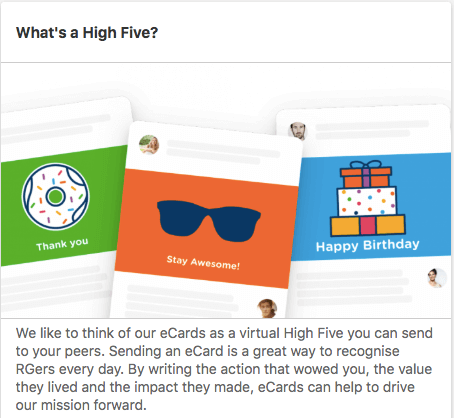
I mean, can’t you just picture employees giving each other virtual high fives as they use the peer-to-peer “High Five” eCards?
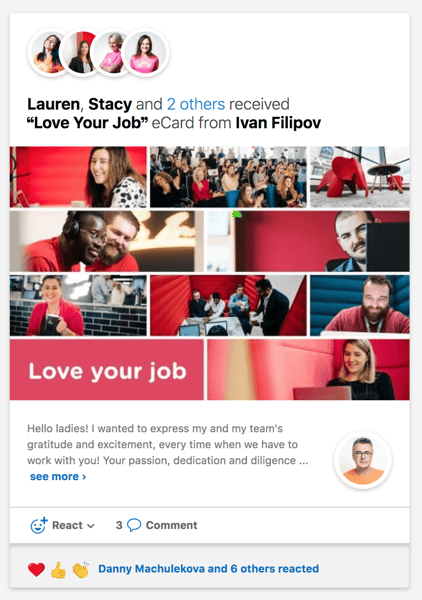
2. Create a consistent experience
Another thing that businesses do well is to create a consistent experience for their customers so that they can easily (and frequently) engage with the company’s product time and time again.
The same should be done with our recognition programmes by creating a recognition experience that is seamless and consistent, so employees can easily use it over and over again. Too often the design is either not thought through or is put together in haste, which results in employees trying it once, finding it clunky and disengaging with the programme no matter how often you tell them how great and important it is.
3. Continually paint your “bridge”
My next tip comes from the British expression “like painting the Forth Bridge,” which refers to an unending task. The story goes that the painters of this long bridge in Edinburgh were never done, for once they’d finished painting it, they had to immediately start over again.
This is an important business concept, with businesses understanding that if they want to continue to be successful they need to start working on refreshing or adding to their product over and over again.
The reason I mention this is that too often we create recognition programs and then move on to our next project, leaving the “paint” to fade.
Like bridge painters or product developers in the business world, we need to similarly have an endless quest for the improvement of our recognition programmes. It not only ensures that the “paint” is fresh, but it brings our employees back to our programmes with new and interesting changes.
One way you can keep your programme fresh is by using a variety of approaches. Missguided, a fashion retailer, does a great job of this with its three-prong approach to recognition.
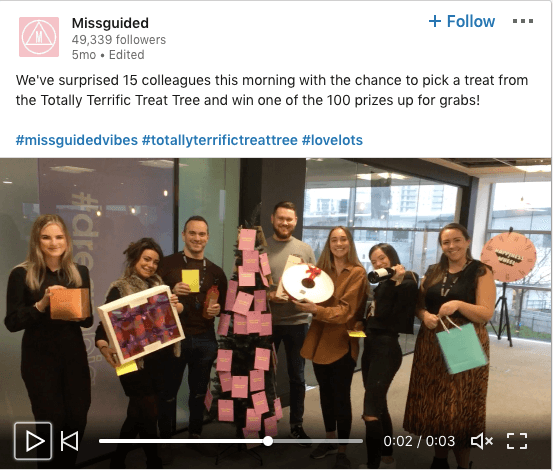
-
Formal recognition refers to its structured recognition programme, where employees can recognise each other at any point of time by writing and sending one another a themed postcard (including: Yay!, Well Done, Dream Team, Your sparkle hasn’t gone unnoticed, Sorry, etc.)
-
Themed recognition refers to pop-up recognition programmes, which change based on what’s going on in the business or in the external world. The team at Missguided did this through National Random Acts of Kindness Day in the workplace. Employees could recognise each other for being “an awesome human being” and were given a badge to wear to celebrate this achievement.
-
Organic recognition refers to other types of recognition within the business, where departments are free to create and deliver their own recognition tools and events, making them unique and appealing directly to their teams, like the "Totally Terrific Treat Tree" up above!

4. Don’t get stuck in the past
While that fresh coat of paint is important, another way to future-proof your programme is to make sure it’s adaptable. You need to constantly ensure that you’re not getting stuck with old ways of doing recognition, that just won’t work with your new business objectives or in this new world of work.
A great example of this is what NAHL did with its recognition programme. The organisation decided to do a complete review of the programme, taking a step back to make sure that it aligned with what its business and what employees needed now and in the future.
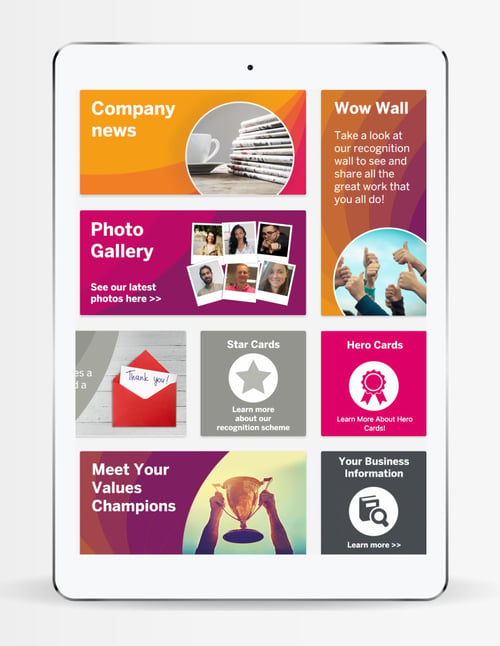
The organization bravely ditched its long service programme along with two others that just weren’t meeting its needs, and moved to ones that were driven by its values, and were more visible, collaborative and cost effective.
5. Don’t depend on one part of your business
This leaves me with the last of my five tips, which is that you should not depend on only one recognition plan within your overall programme. Businesses do this by introducing and maintaining a diverse product portfolio, reducing the risk and dependence on one part of business and the same approach should be done with your recognition programme.
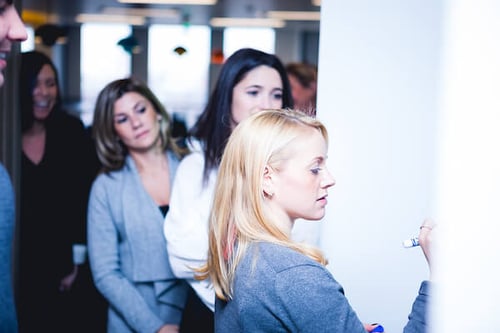
To illustrate this, let me take you back to the Reward Gateway recognition programme I mentioned earlier. It was designed using the “pyramid approach,” which is an approach I’ve used many times to help me design recognition “products” which are delivered in different ways and at different times, so not relying on one to do it all. You can read more about this in a blog I wrote explaining how we used this to build our employee recognition pyramid starting with peer-to-peer recognition.
Malcolm X once said, “The future belongs to those who prepare for it today.” If you take these tips and put them into action, you’ll be one step closer to preparing your recognition programme for its own future, with an effect that will last for years to come. Stay tuned for part two!

 Debra Corey
Debra Corey




